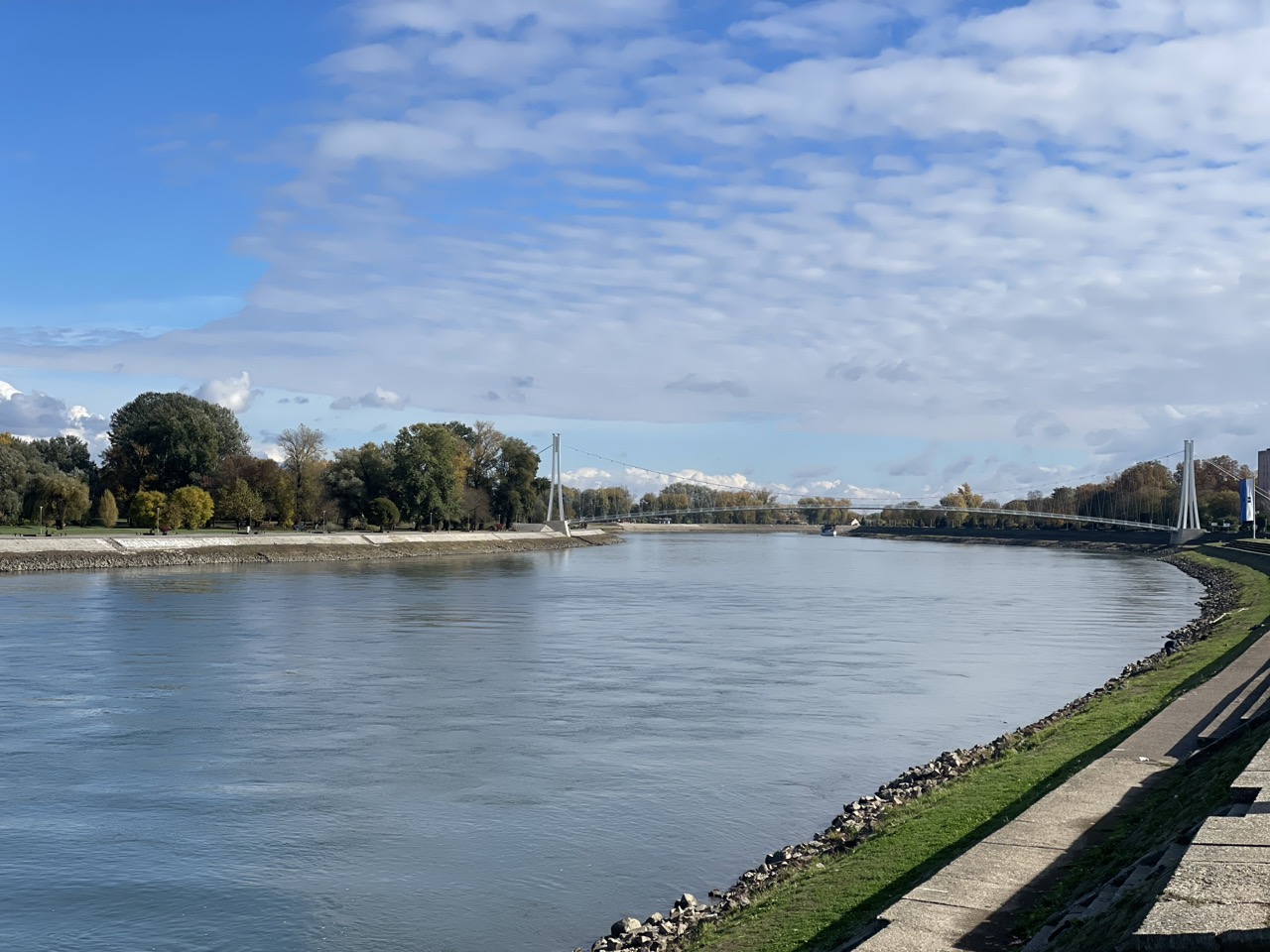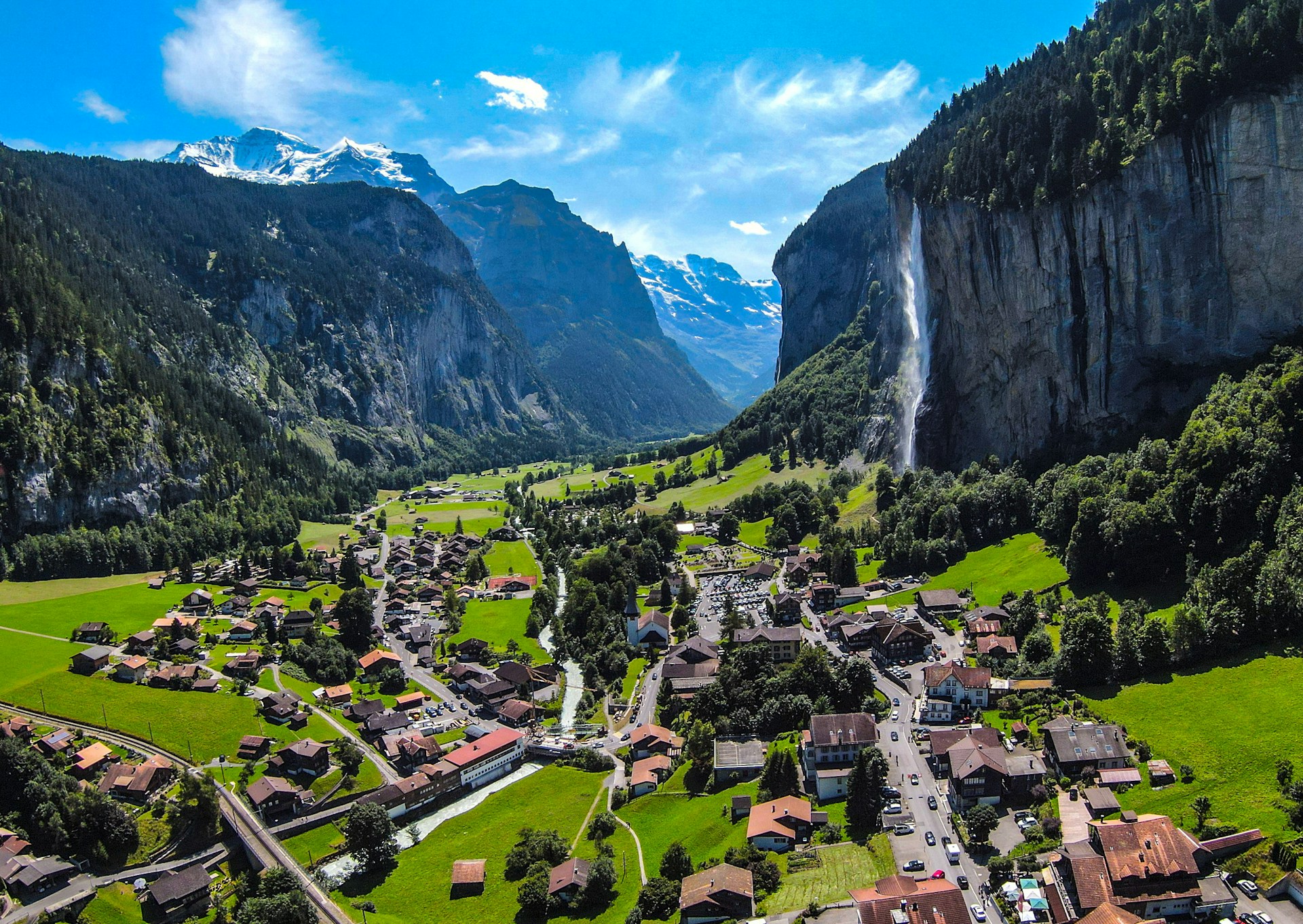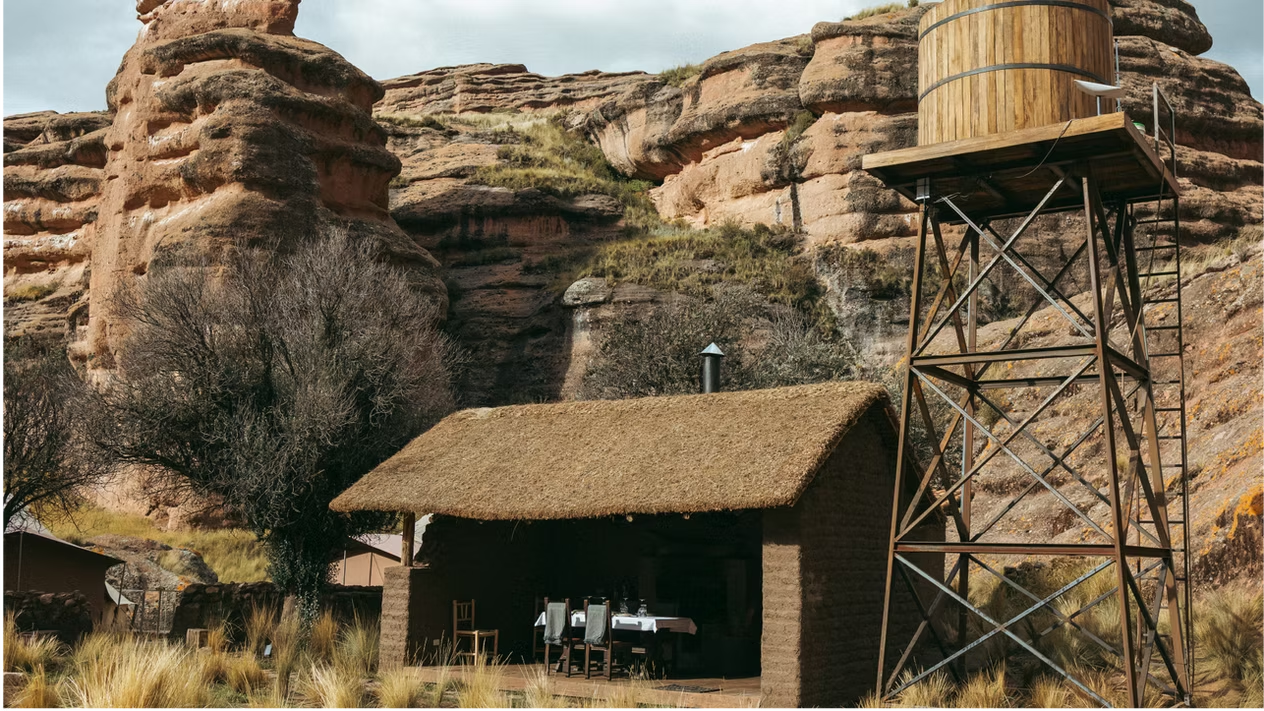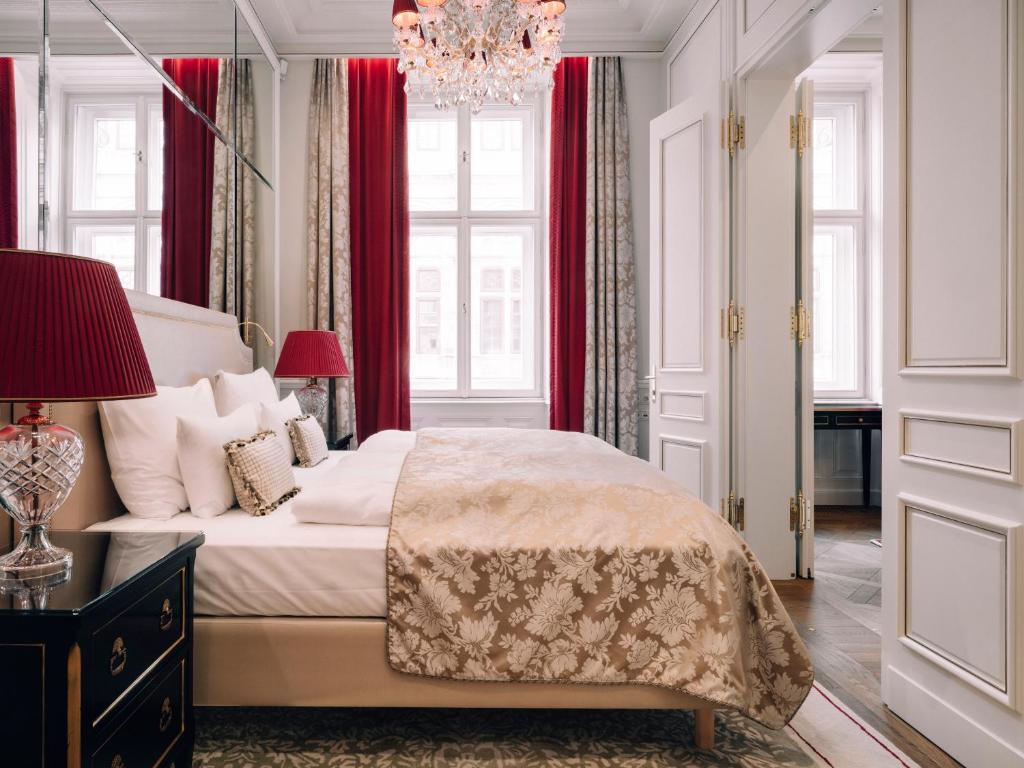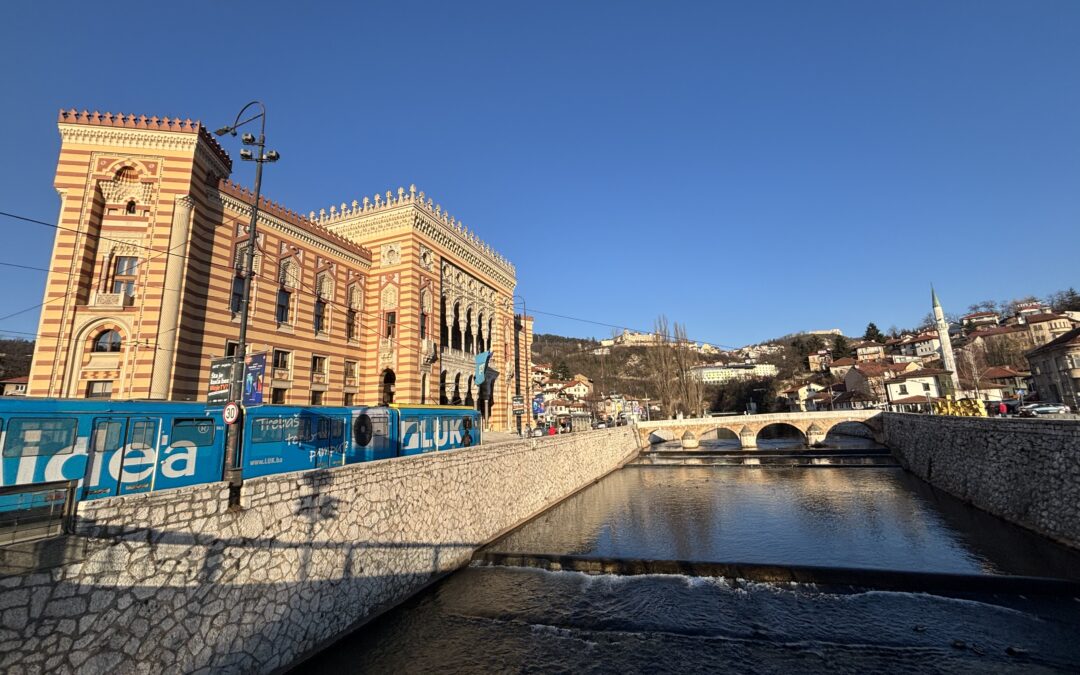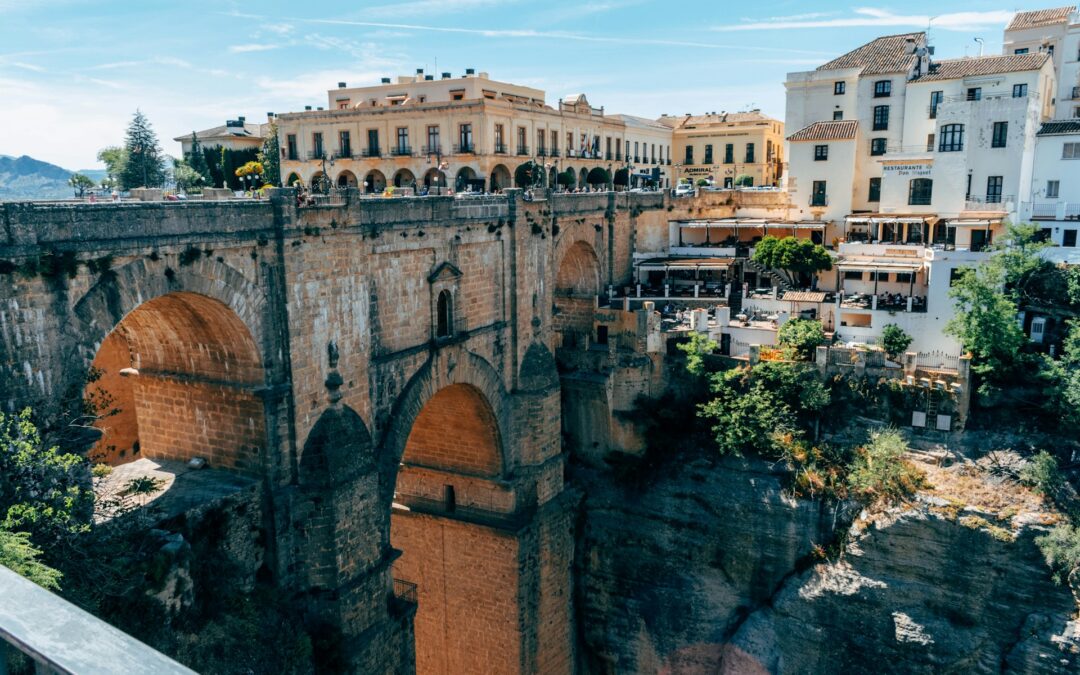Malta is a true mosaic of history where every street, rock, and bay tells stories centuries old. While most tourists rush to Valletta or Mdina, locals know of another place that reveals a fascinating link between past and present: the Victorian-era Baths of Sliema, popularly known as the Roman Baths of Sliema.
These carved stone pools on the edge of Sliema are not just a romantic reminder of bygone days – they are still a living part of the city today. Used as natural swimming pools and open to everyone, they may well be one of the most unique bathing spots in all of Malta.
How did the Baths of Sliema come to be?
Although often called the Roman Baths of Sliema, historians and local sources today believe the name is more of a romantic metaphor than a historical fact. According to research into local heritage, these rock-cut pools most likely date back to the late 19th century, during the Victorian rule of the British on Malta.
In mid-Victorian times, the sea and the coast became symbols of health and leisure. British gentlemen vacationing in Malta introduced the habit of bathing in seaside rock pools as a form of “pleasant therapy.” The pools in Sliema were often described as privately maintained “baths” or hollows with square outlines, shallow water, and steps for easy access – all typical features of Victorian constructions.
Interestingly, the pools were once equipped with awnings and wooden posts, which offered privacy and shade, further suggesting that these were organized bathing structures rather than remnants of Roman times.
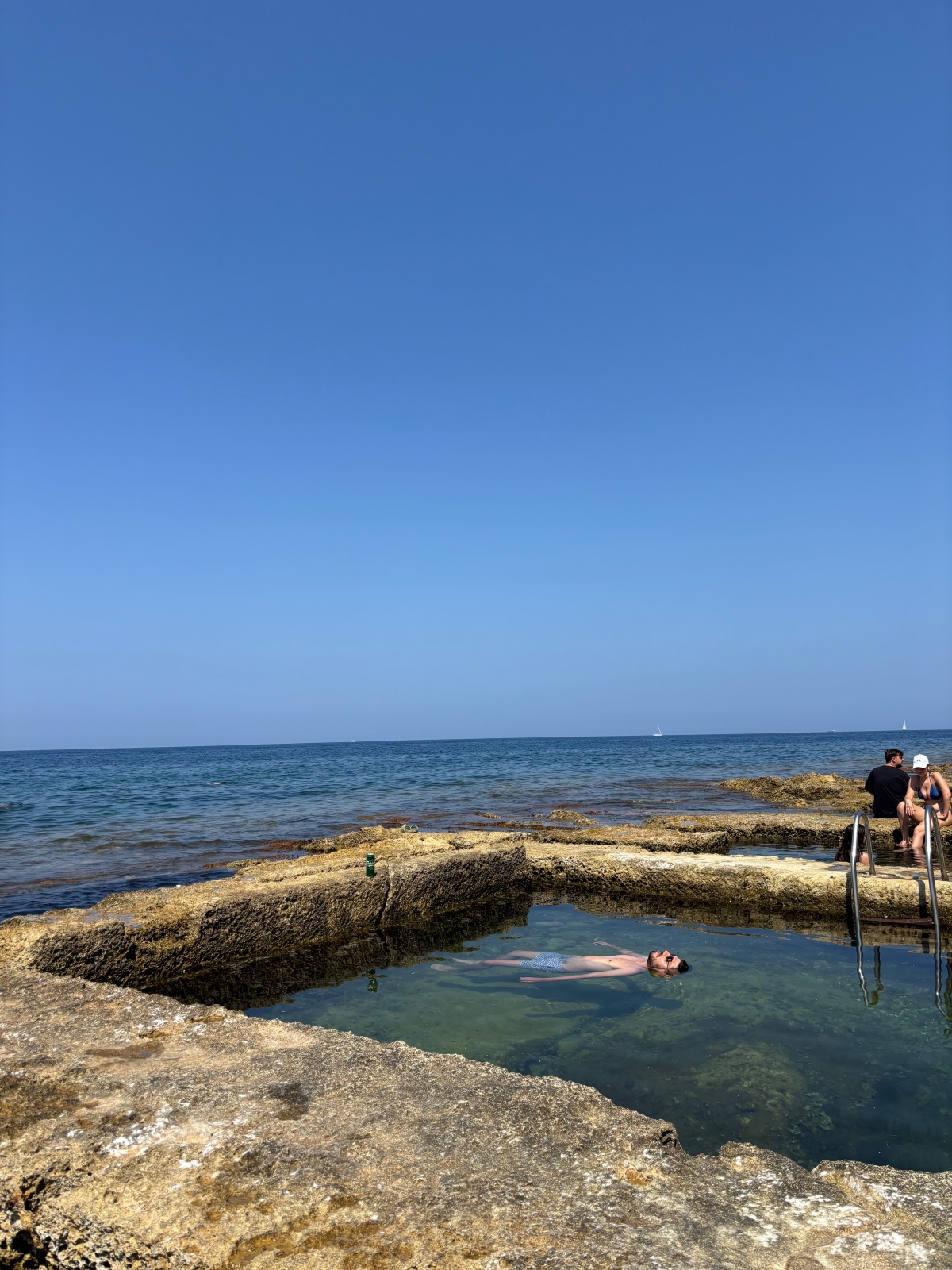
So, when you dive into the “Roman Baths” in Sliema, you’re immersing yourself in a layer of British colonial lifestyle – in the 19th-century idea of sea bathing as both fashionable and recreational. That doesn’t make the site any less beautiful, but it does change the story we tell.
A free attraction in the heart of Sliema
The Baths of Sliema, also known as the Victorian-era Baths, are completely free to use and are located right next to the popular seaside promenade. Today, they serve as a spot for relaxation, sunbathing, and swimming, and locals often call them “Roman jacuzzis.” The sea constantly refreshes them with clean water, while the high rock walls make them naturally sheltered.
In summer, when the Mediterranean waves can get rough, these pools turn into a safe haven. The water is shallow and calm, perfect for families with children or anyone wanting to enjoy the sea without battling the surf.
One of the most magical moments comes at sunset, when the sun slowly dips behind the horizon and the sea and rocks turn golden. Sitting on the edge of these stone pools with your feet in the water means experiencing history in the most intimate way – not just observing the remnants of the past but truly taking part in them.
How to get to the Baths?
Sliema is one of Malta’s most visited destinations, located only about twenty minutes by bus from the capital Valletta. The seaside promenade leads you straight to the baths, and it’s precisely this blend of urban everyday life and historical heritage that makes them so special. You can find the exact location on the map [here].
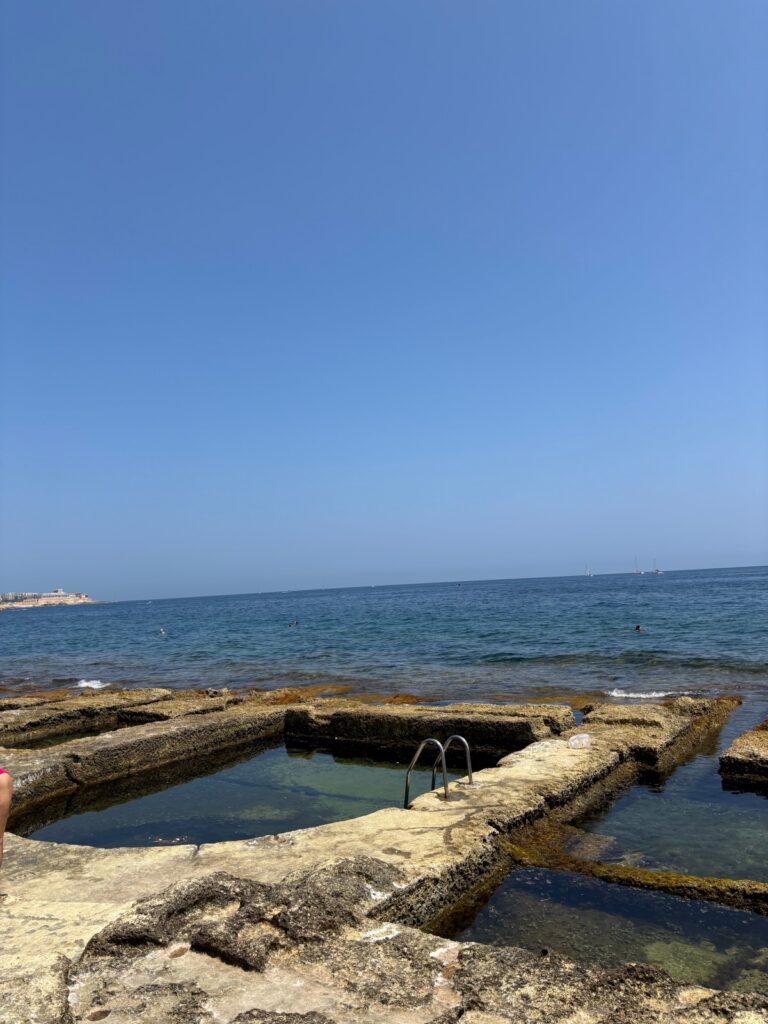
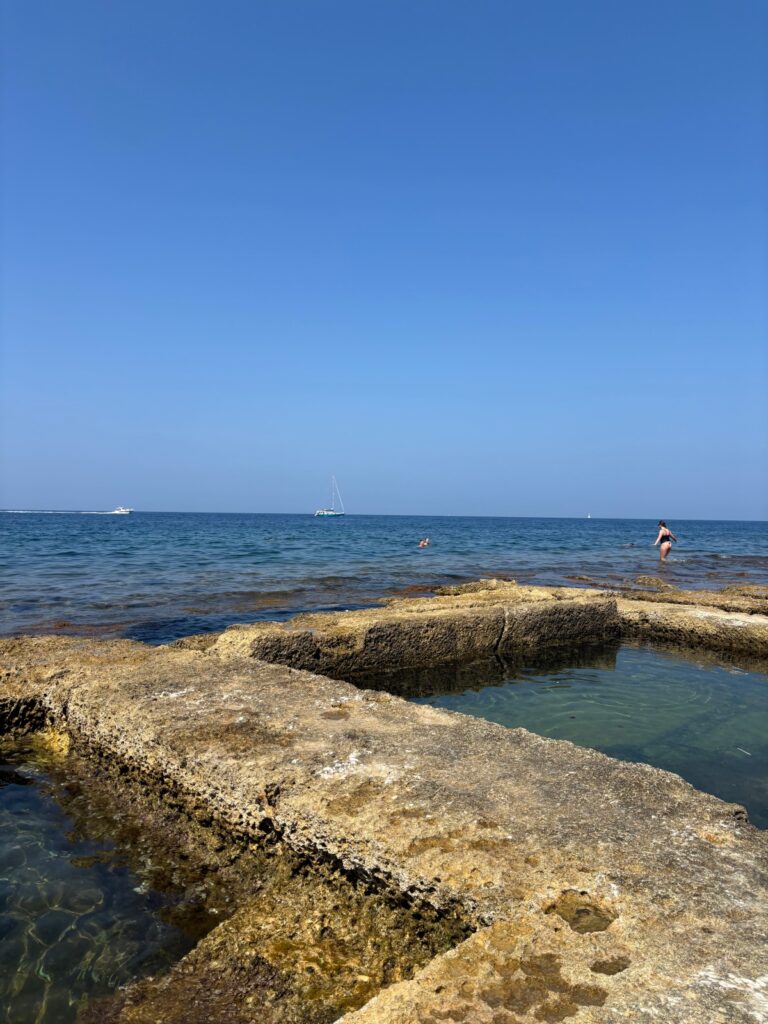
And if you’re wondering how to get to Malta in the first place – it couldn’t be easier. Cheap flights from all over Europe connect to Malta year-round, often at budget-friendly prices. In just a couple of hours, you can find yourself in the middle of the Mediterranean, dipping your feet into pools shaped by history.
The Baths of Sliema are a reminder that history isn’t always locked behind glass in museums. In Malta, it lives and breathes – in the water spilling over the stone edges, in the laughter of children echoing between the rocks, and in the relaxed conversations of locals.

